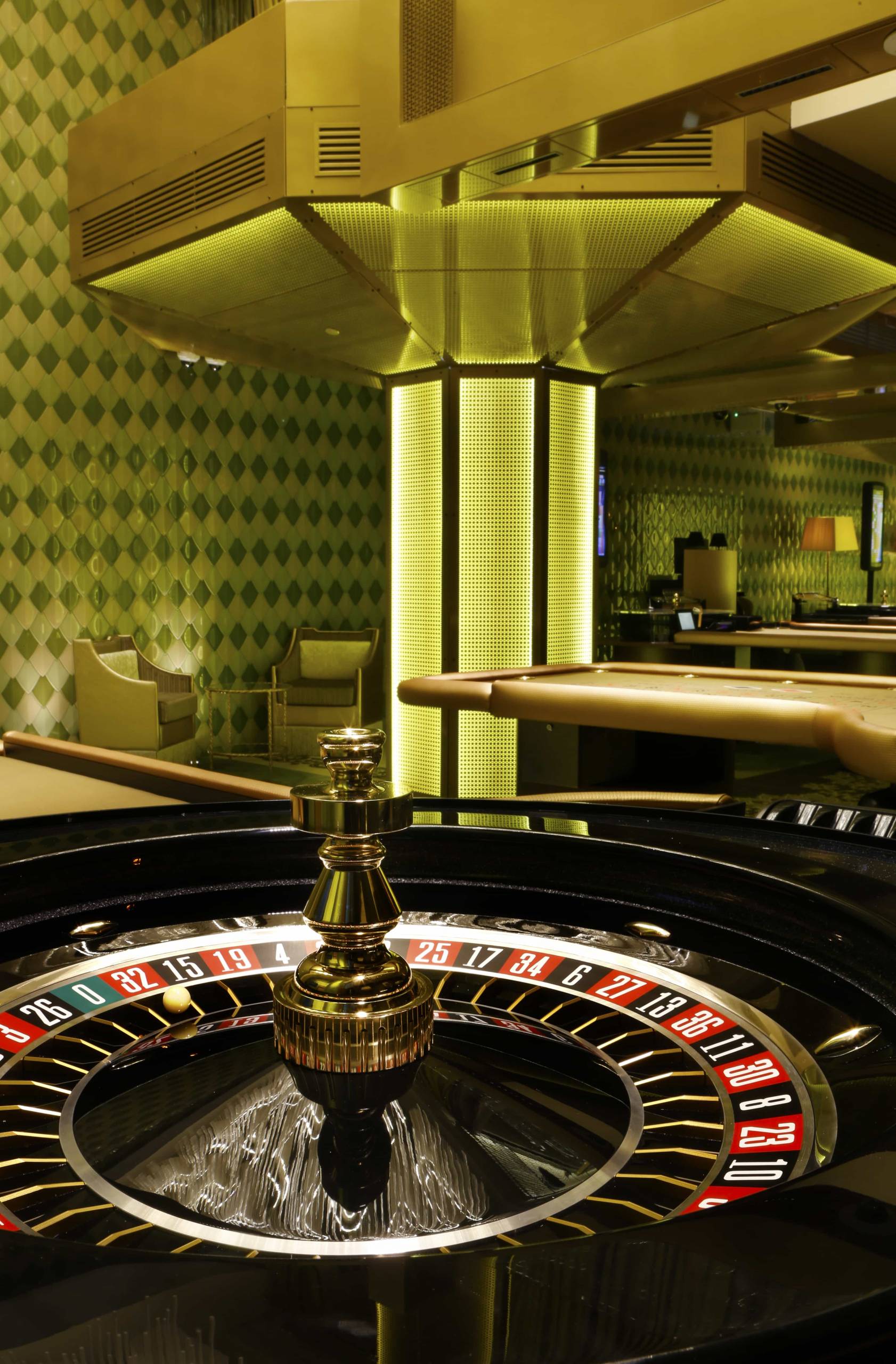How Casino Games Employ Hue and Layout to Entice Players

In the vibrant and thrilling world of gaming establishments, wherein luck and strategy intertwine, hues and design play a key role in drawing in players. From the moment players step inside a casino or log into a gaming website, they are immersed in a sightly feast that captures their attention and entices them to explore more. Vivid colors, captivating graphics, and innovative layouts are carefully crafted to create an environment of excitement and anticipation, ultimately enhancing the gaming encounter.
As players navigate through the dynamic landscape of casino games, they encounter a variety of designs that not only serve visual purposes but also affect feelings and decision-making. Hues like scarlet and gold symbolize riches and fortune, while calm blues and greens can create a much relaxed environment. Understanding how these elements work together allows casinos to create an welcoming and stimulating atmosphere that encourages players to engage with the games, invest more time at the tables, and boost their general enjoyment.
The Psychology of Tint in Casino Games
Tint plays a critical role in the development of gambling games, affecting players' feelings and behaviors. Bright and striking shades, such as scarlet and yellow, are often used to incite excitement and capture focus. These colors create a sense immediacy and dynamism, encouraging participants to involve themselves more enthusiastically with the activity. By strategically selecting tints, creators aim to evoke feelings of satisfaction and anticipation, which can enhance the total player experience.
Distinct hues also have psychological meanings that can affect how participants perceive their odds of winning. For example, lime is frequently associated with fortune and abundance, making it a well-liked choice in games like the roulette wheel and poker setups. This association can result participants to feel more hopeful and assured in their gaming, ultimately encouraging them to stake more. Understanding these connections allows game designers to create environments that enhance player satisfaction and retention. J88. com 9
In addition, the interface of gaming interfaces often employs blended colors and opposing shades to guide players' actions. For case, winning outcomes may be accentuated with bright, differing shades, creating a visual incentive. This technique supports successful results and encourages repeated participation. By leveraging the psychology of color, gambling establishments can create games that not only attract players but also hold them involved and committed in their game experience.
Design Elements that Engage Gamers
The visual appeal of gambling games is largely influenced by the implementation of vibrant colors. Lively and striking colors are strategically chosen to create an appealing atmosphere that captures interest. For example, crimson and golden hues often signify good fortune and prosperity, which is why they are prevalent in the palettes of gaming machines and game surfaces. These colors not only attract players in, but they also stir emotions related to thrill and expectation, enhancing the overall gaming experience.
In addition to color, the aesthetic and organization of gambling games play a crucial role in player attraction. Games are designed to be user-friendly, ensuring that players can quickly understand the guidelines and mechanics. User-friendly interfaces, along with captivating graphics and motion, help maintain player interest and promote extended play sessions. The physical elements, such as the feel of the buttons and the sounds of the games, also contribute to a comprehensive sensory experience that keeps players immersed.
In conclusion, conceptual elements in gaming design can significantly influence gaming decisions. Many casino games are inspired by media, fairy tales, or adventure themes, featuring symbols and characters that connect with players. These themes create a sense of immersion and relatability, making each game feel unique. When players feel a bond to the concept, they are more likely to opt for that game over others, leading to higher participation and excitement within the casino environment.
Case Studies: Notable Gambling Game Designs
One key example of successful casino game design is the acclaimed slot machine series based around blockbuster movies. Games such as those based on the The Wizard of Oz and Game of Thrones utilize dynamic colors and top-notch graphics to enthrall players in familiar narratives. The employment of moving visuals and entertaining sound effects captures the attention of players, creating an psychological connection to the theme. This tactic merely fosters longer play but also enhances the overall gaming experience, leading to increased player retention.
Another notable case is the application of the psychology of color in table games like 21 and roulette. Casinos often develop these games with deep reds and greens, colors traditionally associated with luck and wealth. For instance, the green felt on a blackjack table provides a soothing effect, while the crimson accents in the wheel invite thrill. This deliberate use of color helps to foster an inviting atmosphere that stimulates players to engage, satisfying their psychological impulses and enhancing their enjoyment.
Finally, online casino games that feature social features and lively, lively designs have achieved remarkable success in engaging players. Games like Zynga's Poker and Slot-O-Mania leverage striking colors and playful animations to forge an inviting online environment. The integration of leaderboards, social sharing options, and in-app rewards fosters competition and community, pulling players in for longer sessions. Such designs not only make the games visually attractive but also emphasize community engagement, a vital factor in player retention and engagement within digital casino environments.
